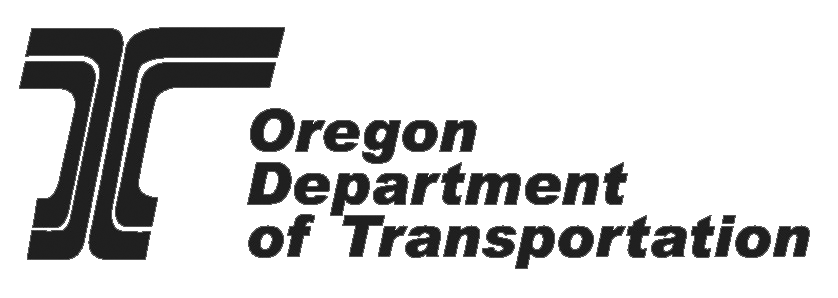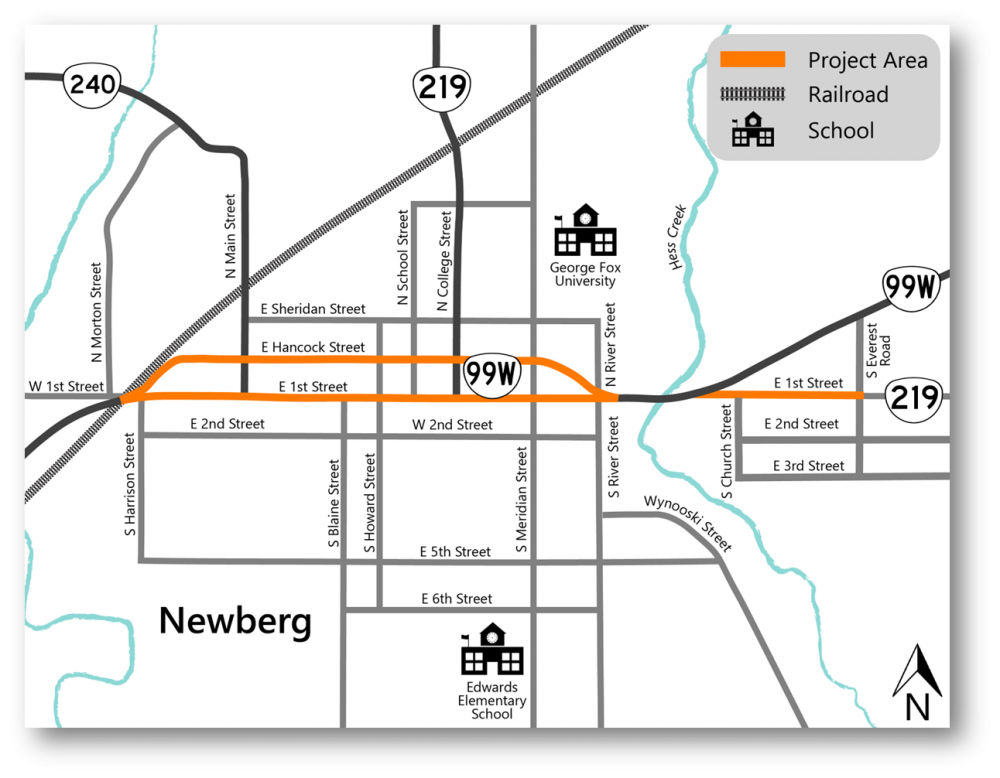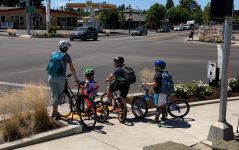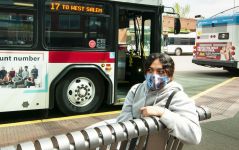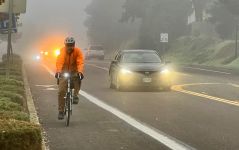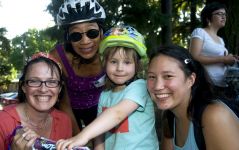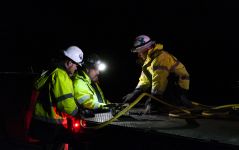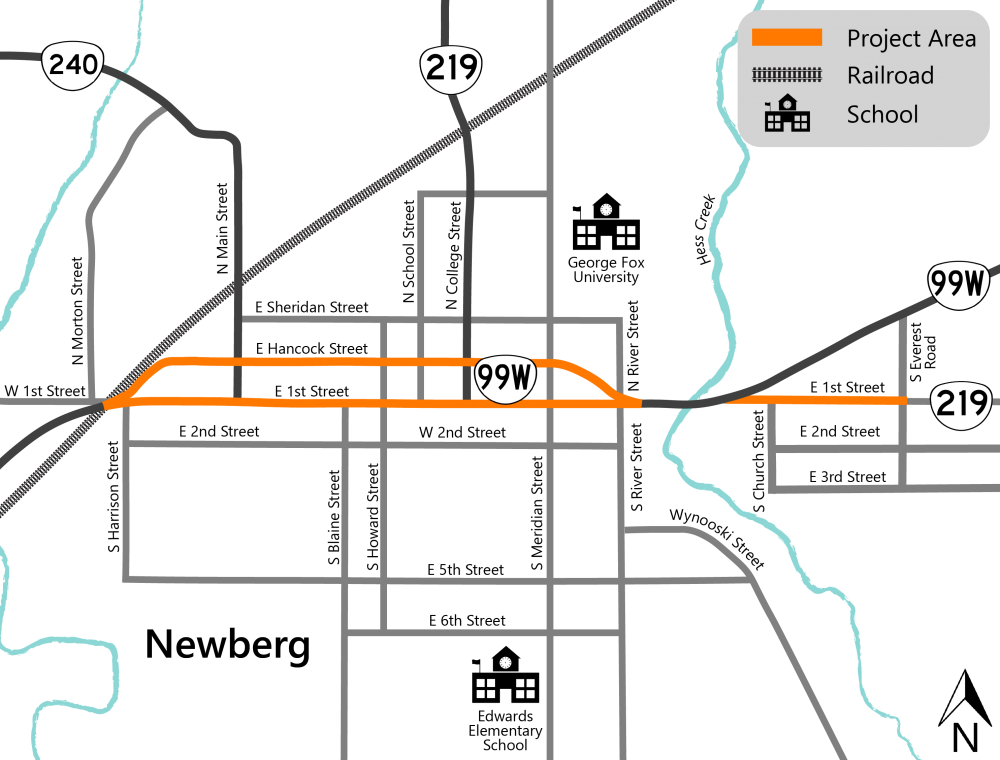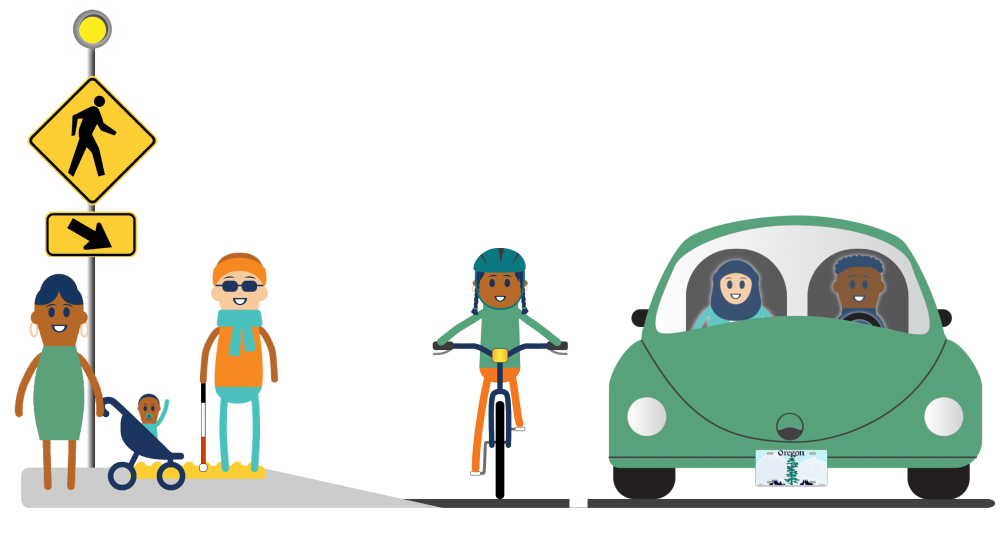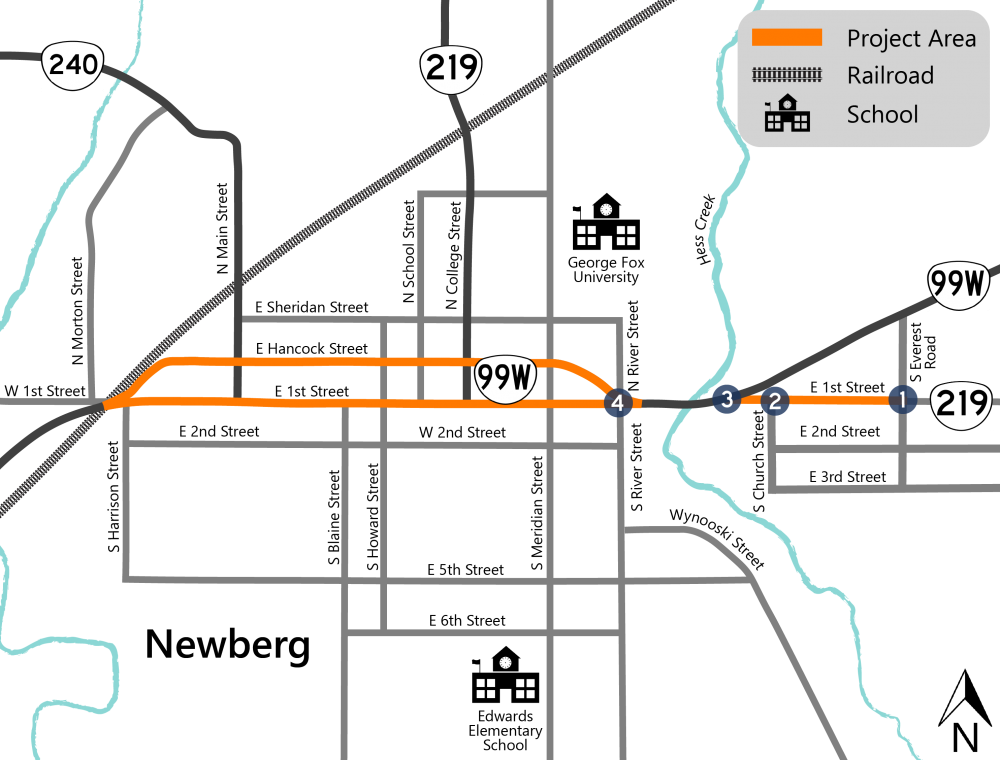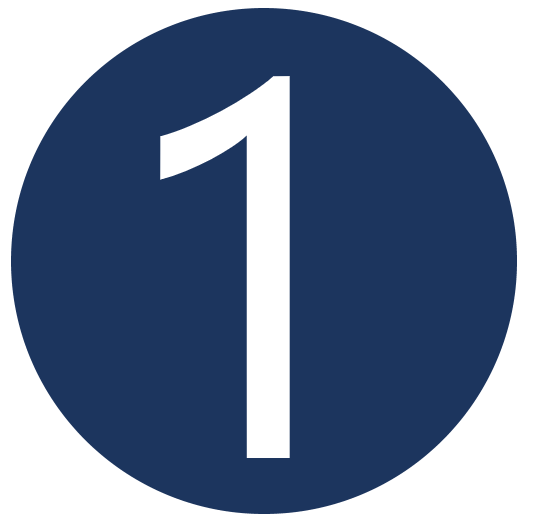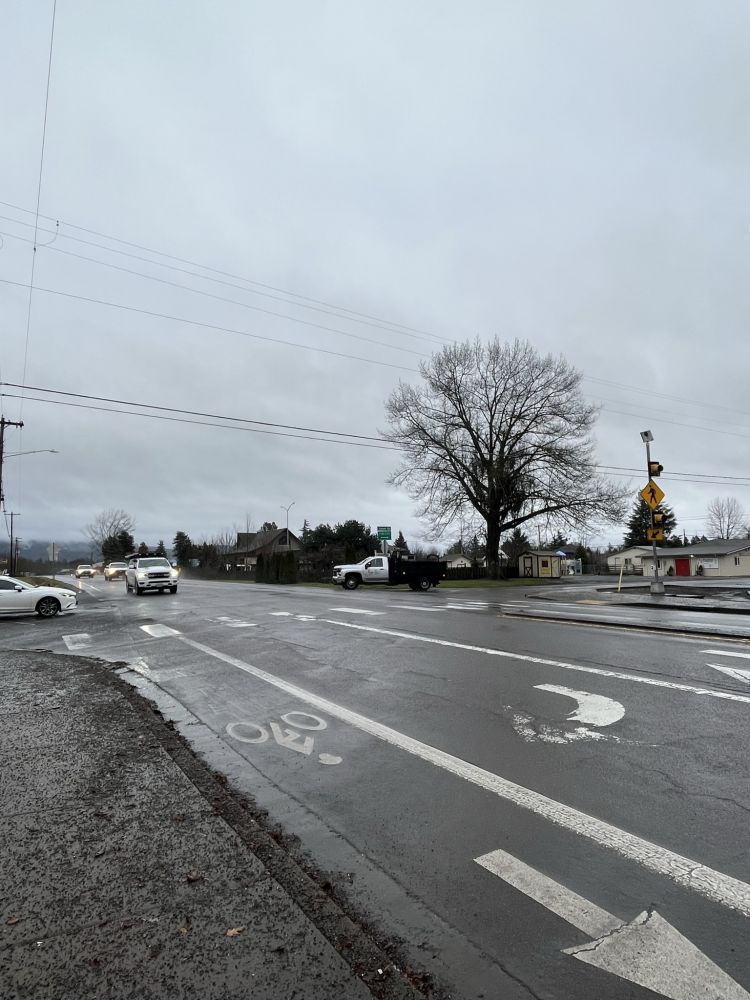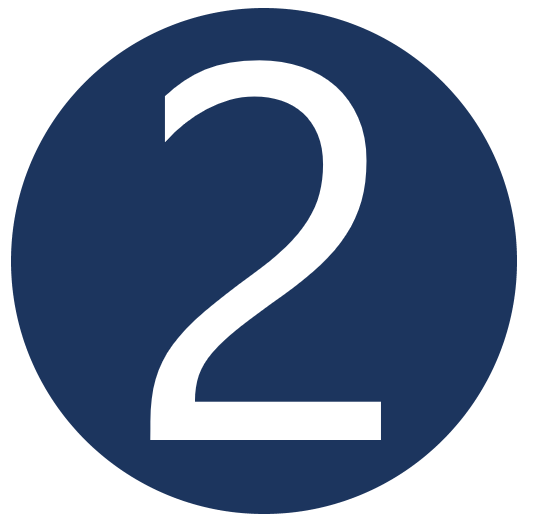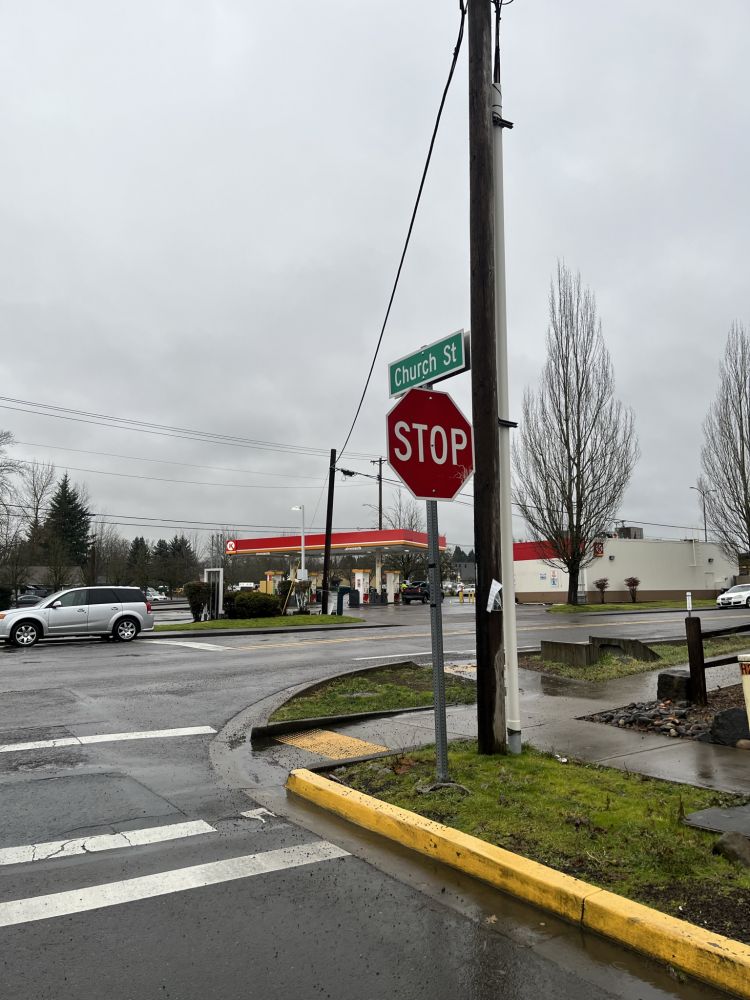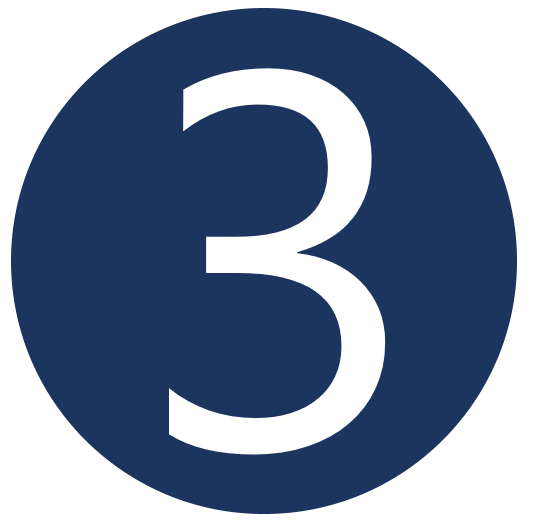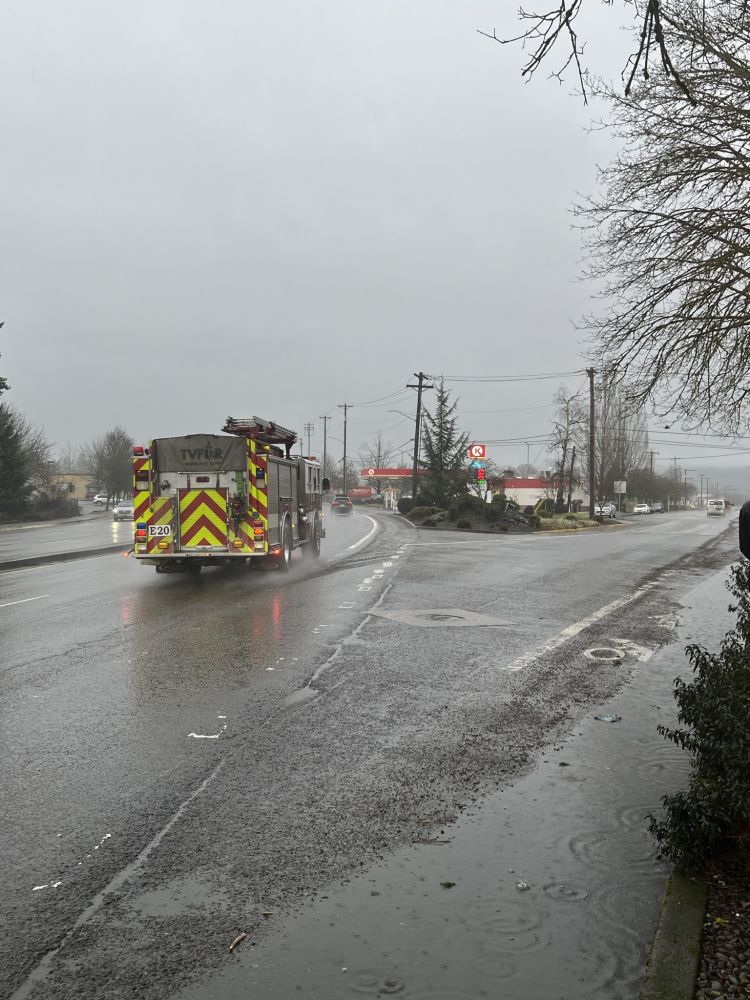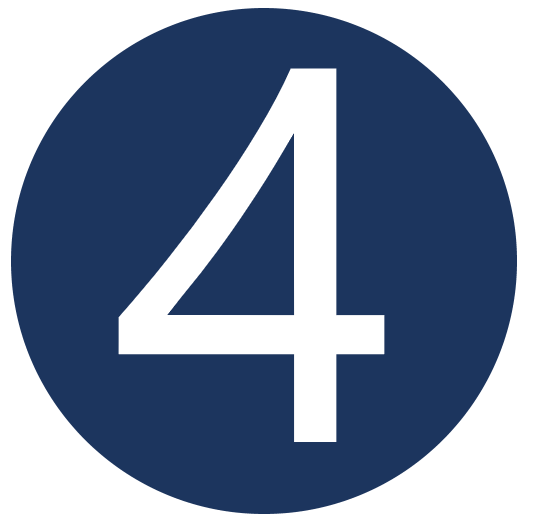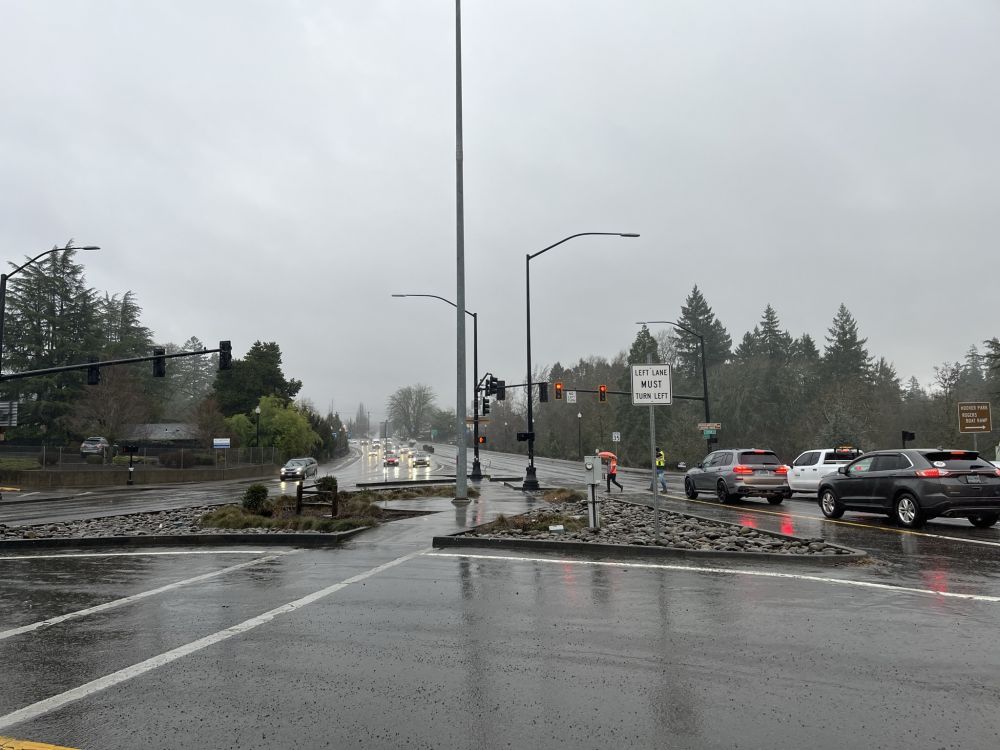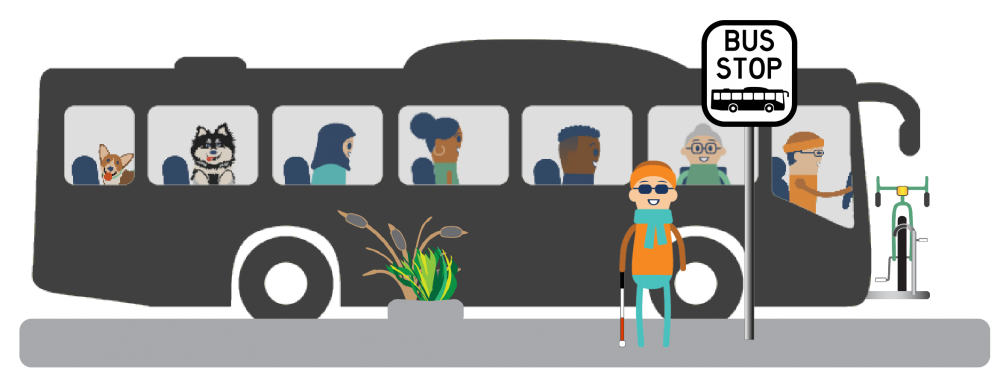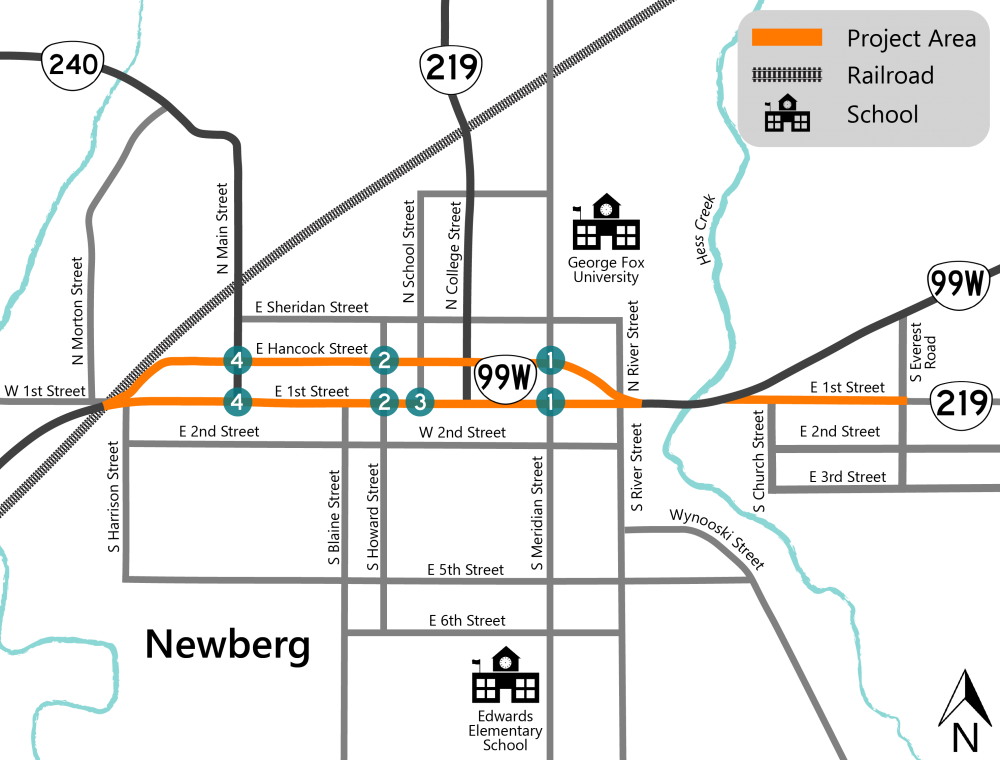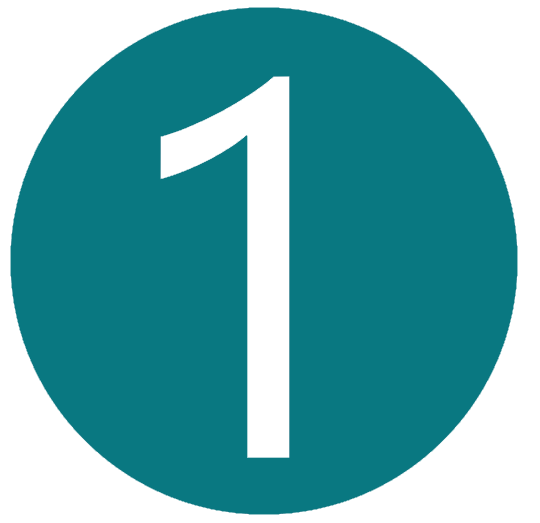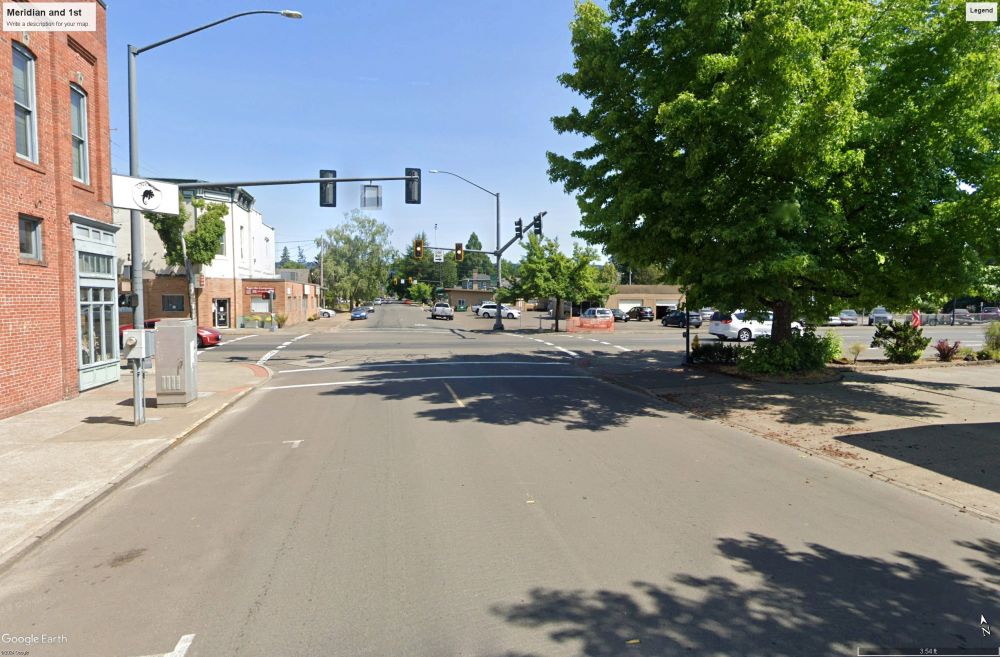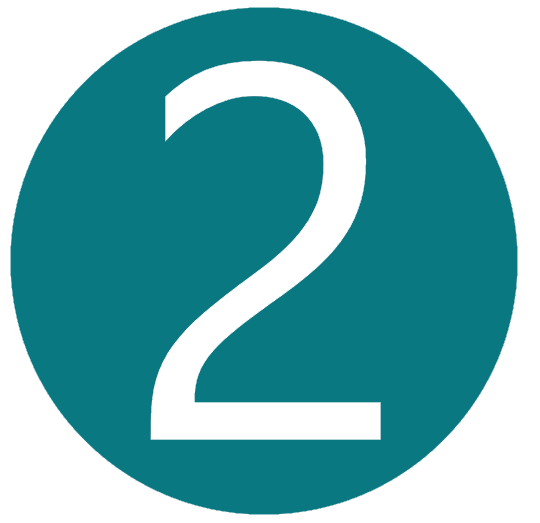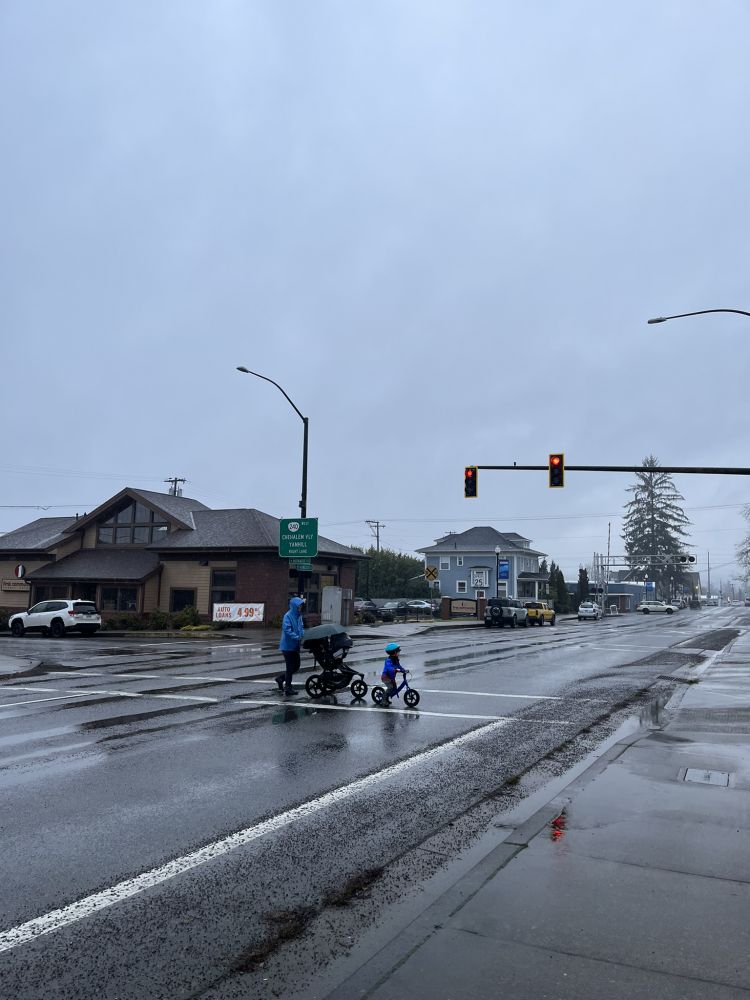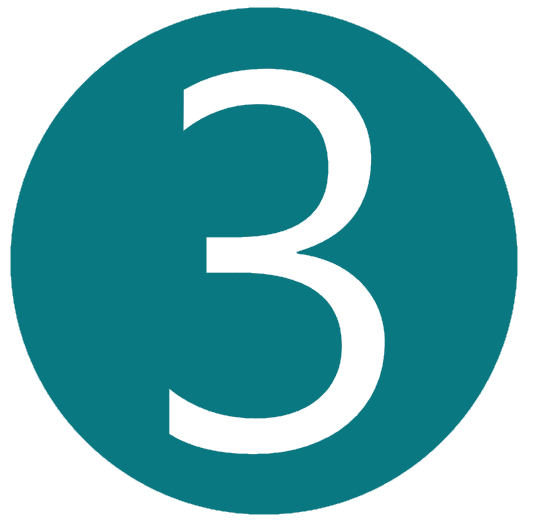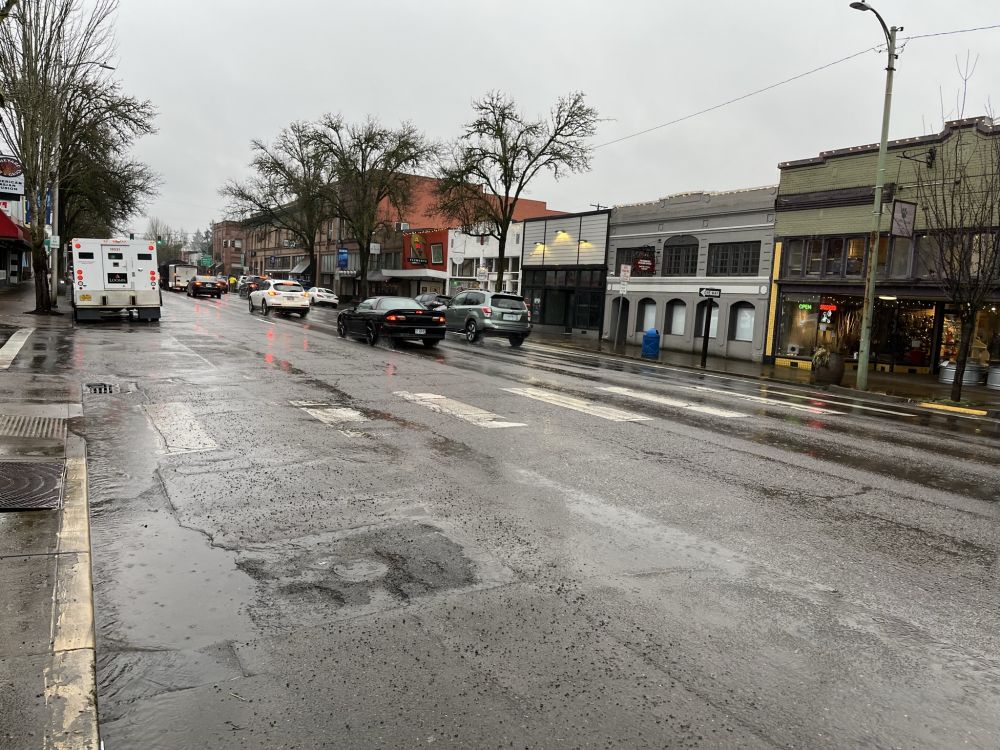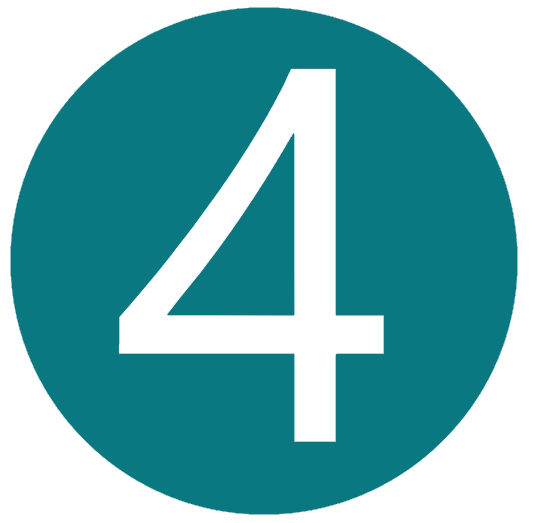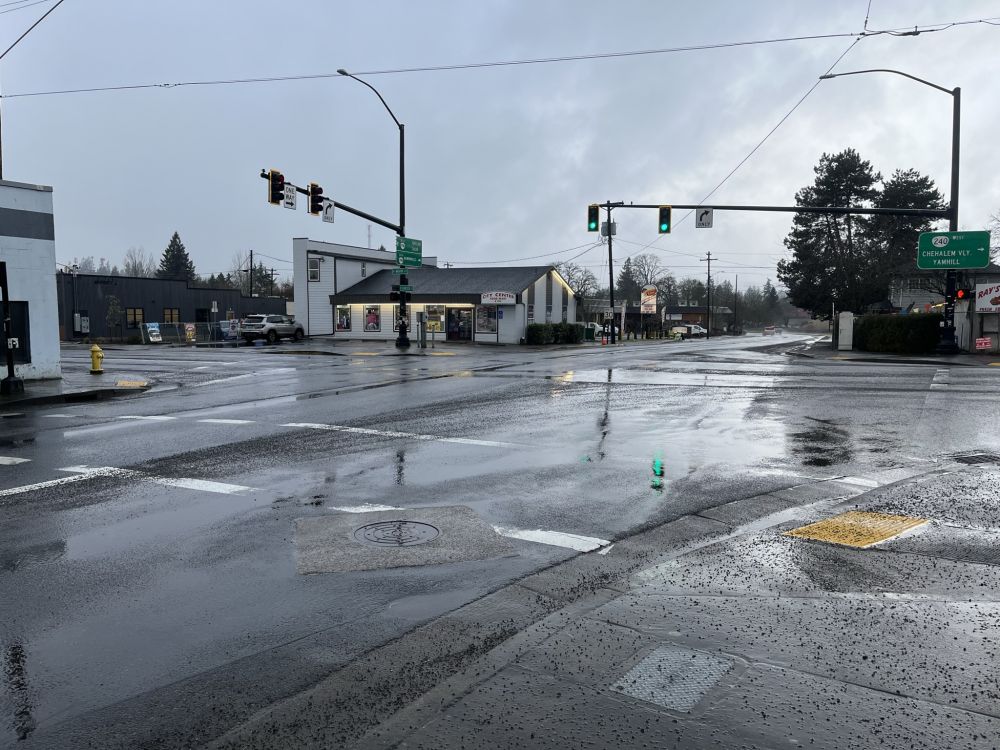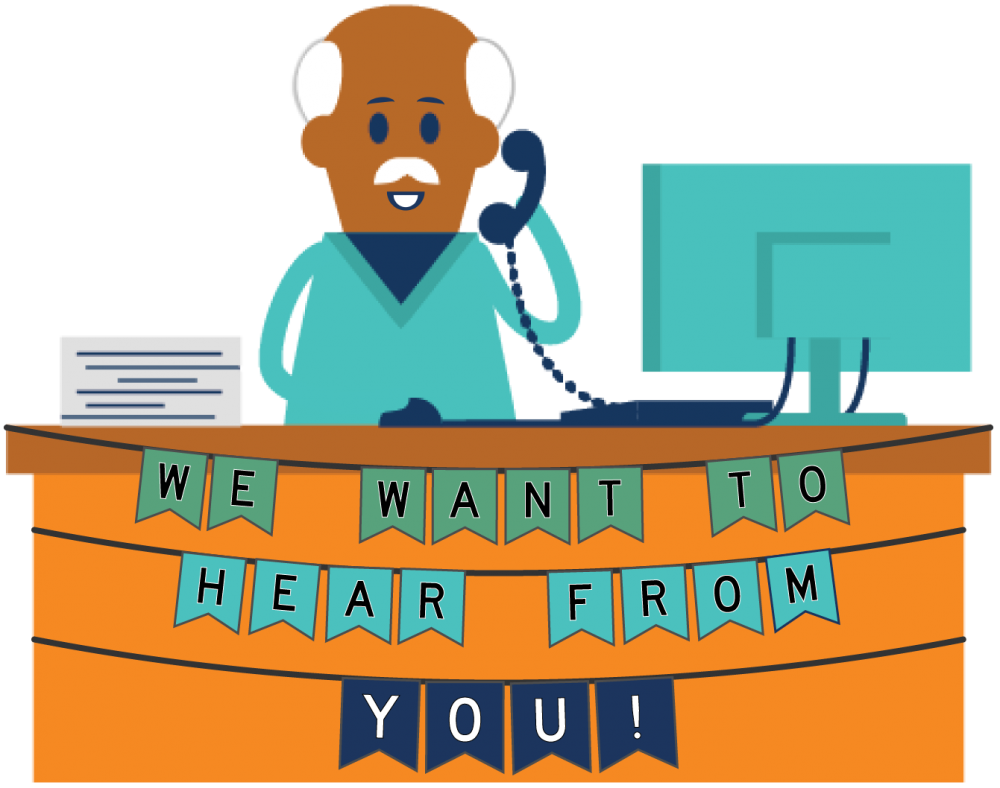We appreciate you taking the time to learn about our study.
At this open house, you can:
-
Learn more about Urban Design Verification (UDV) studies.
-
Find out why we're doing this work.
-
Check out the locations we're looking at.
-
Learn how you can be involved.
Stations
This effort, also known as an “urban design verification” (UDV) study, will identify lower cost improvements for people biking and walking.
Your feedback matters – tell us what challenges you face as travel through Newberg. Sharing your experience will help us develop solutions that work for you whether you walk, use a mobility device like a wheelchair or walker, bike, ride the bus or drive!
Click the "+" or the title below to view the information in each section.
We're studying these highways now so we can have improvements identified before future maintenance or other road improvement projects are planned.
Once we have an idea of potential improvements, we can look for opportunities to include or bundle them with other necessary work to make the best use of our limited resources.
The completed study can be used to help find funding for future projects through grants or other opportunities.
Identifying desired improvements now will make it easier to implement them as opportunities arise.
For example, if we have a project to update sidewalk curb ramps, we could also improve pedestrian crossings with new striping and signs that make it safer to cross the street.
We may be able to add improvements from the study to projects like:
-
Safe Routes to School.
-
Maintenance activities.
-
ADA curb ramp improvements – add sidewalks, ramps, or paving.
We are studying two locations in downtown Newberg:
-
Along OR 99W, both E Hancock Street and E 1st Street.
-
Along OR 219/E 1st Street from OR 99W to S Everest Road.
Your Feedback Matters
Your insight and experiences are essential to make sure we’re looking at solutions that are right for you and your community!
We have several opportunities where you can participate in the study:
-
This online open house, open from March 14 to April 7. We’d like to hear how you travel in and around the study area and what issues are most important to you.
-
We plan to host a second online open house with an in-person event this summer. Here we’d like to know what you think about the potential solutions for people walking, biking and rolling along E 1st Street and E Hancock Street. We’ll also ask you for your thoughts on potential plans for restriping the road.
-
We expect to complete the study by fall 2024.
Schedule
We’re looking at these locations in two phases:
-
Phase 1: Crossing Improvements.
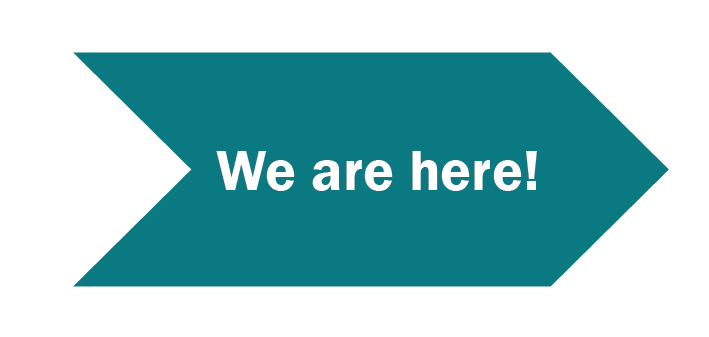
Our goal is to find potential solutions to make it safer and easier to cross OR 99W and OR 219. This may include improving existing crosswalks, reducing the distance for crossing the street, slowing traffic and making crosswalks/people more visible to drivers.
-
Phase 2: E Hancock Street and E 1st Street.
Next, we’ll take a closer look at OR 99W/E Hancock Street and E 1st Street for opportunities to improve walking, biking and rolling through the area. A potential solution may include restriping the roads so that there’s a safer and more clearly defined space for people biking.
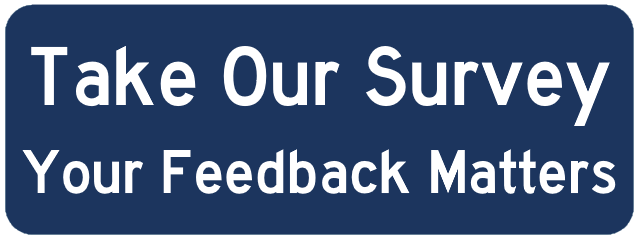 There are four intersections where we’ve heard it’s difficult for pedestrians and bicyclists to cross the street.
There are four intersections where we’ve heard it’s difficult for pedestrians and bicyclists to cross the street.
Click the "+" or the title below to view the issues for each intersection.
Identified Issues:
-
People drive fast, making it harder to safely cross the road.
-
There is a history of crashes that involve people walking.
-
Vehicles don’t always stop for pedestrians.
-
The sidewalk isn’t fully connected on the south side of E 1st Street.
Identified Issues:
-
People drive fast, making it harder to safely cross the road.
-
There aren’t accessible curb ramps on the north side of E 1st Street.
-
There aren’t marked crosswalks to cross E 1st Street safely.
-
There is limited street lighting.
-
There aren’t marked crosswalks to cross E 1st Street safely.
-
People are parking in undefined spots on the north side of E 1st Street.
Identified Issues:
-
People drive fast when traveling east from OR 99W.
-
Fast drivers cross into the bike lane.
-
The travel lanes lack clear markings for people biking and driving onto OR 219/E 1st Street.
-
There is limited street lighting.
Identified Issues:
-
There is limited street lighting for the crosswalk going across the left-turn lane.
-
It’s hard for drivers to see people crossing the left-turn lane.
 Four more areas that may be important for people wanting to cross OR 99W.
Four more areas that may be important for people wanting to cross OR 99W.
Click the "+" or the title below to view what's currently at each intersection.
Existing Conditions:
-
Traffic signals allow people to cross at both E 1st Street and E Hancock Street.
-
Both intersections have marked crosswalks.
-
N Meridian Street is a street designed to give bicycle travel priority. It provides lower-stress connections in the downtown area.
Existing Conditions:
-
Traffic signals allow people to cross at both E 1st Street and E Hancock Street.
-
While both intersections have marked crosswalks, the north side of E Hancock Street doesn’t and is only a sidewalk.
-
Howard Street is an important route, connecting the library and Chehalem Cultural Center.
-
Howard Street is a street designed to give bicycle travel priority. It provides lower-stress connections in the downtown area.
Existing Conditions:
-
This intersection does not have a traffic signal.
-
The E 1st Street crosswalk connects to the west side of N School Street.
-
About the crosswalk:
-
The painted lines are faded.
-
While N School Street doesn’t continue south of E 1st Street, the crosswalk helps people access businesses and services to the south.
-
Existing Conditions:
-
Traffic signals allow people to cross at both E 1st Street and E Hancock Street.
-
Both intersections have marked crosswalks.
-
If you’re traveling west, this is the last location to cross OR 99W with marked crosswalks and a traffic signal within Newberg.
-
At E Hancock Street, the large sweeping northeast corner doesn't prevent people from driving fast when making a right turn.
Stay Connected
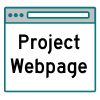 You can always learn more about the project, find out about upcoming events and stay connected by visiting the project webpage.
You can always learn more about the project, find out about upcoming events and stay connected by visiting the project webpage.
 If you have not already, sign up to receive future updates about this project and other work we're doing in Newberg.
If you have not already, sign up to receive future updates about this project and other work we're doing in Newberg.
Please help us spread the word about this online open house.
Feel free to share this with your friends and neighbors so that we can get their feedback.
Thank you for participating!

Learn more about these projects, and what else we're constructing, by checking out our construction map.
If you're not seeing the map below, please try using a different browser like Google Chrome.
To see where the work is located, view our interactive map. Zoom in or out and click on the dots or lines to learn more.
Click lines and dots to open a pop-up to learn about the project, view the comment form link, sign up to receive project updates or visit the project webpage.
Map lines and dots are provided for reference only, precise locations may vary.
